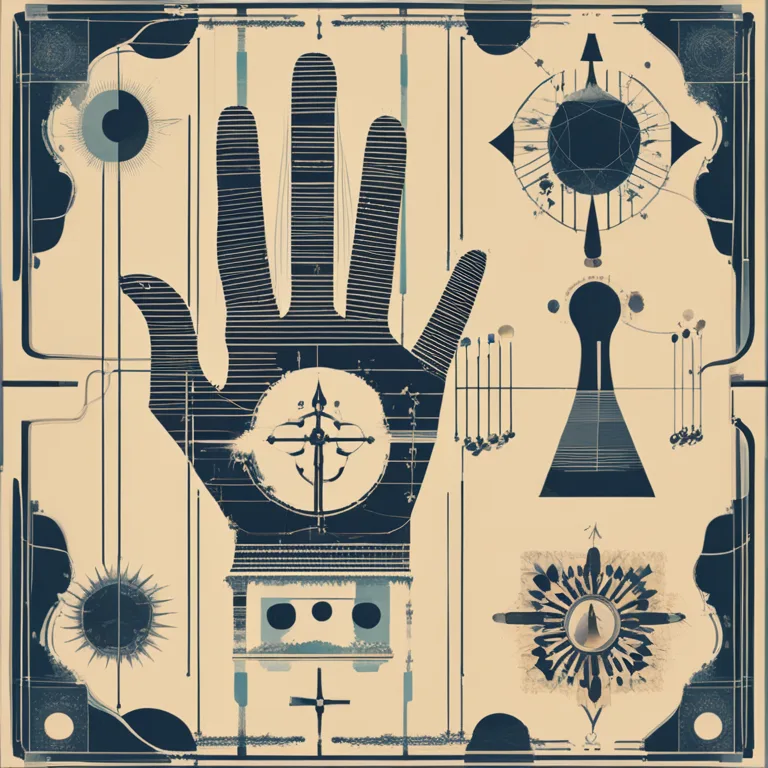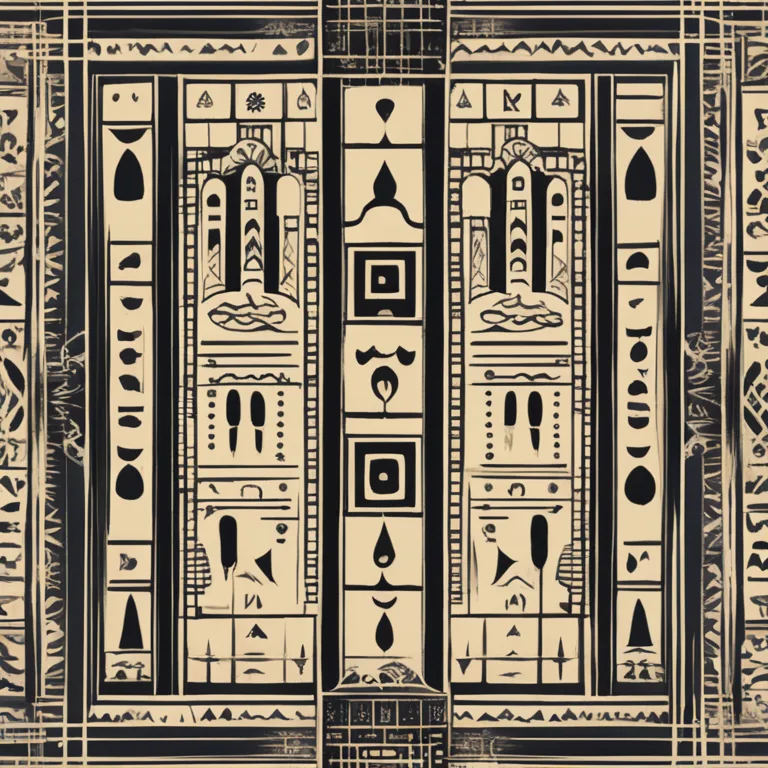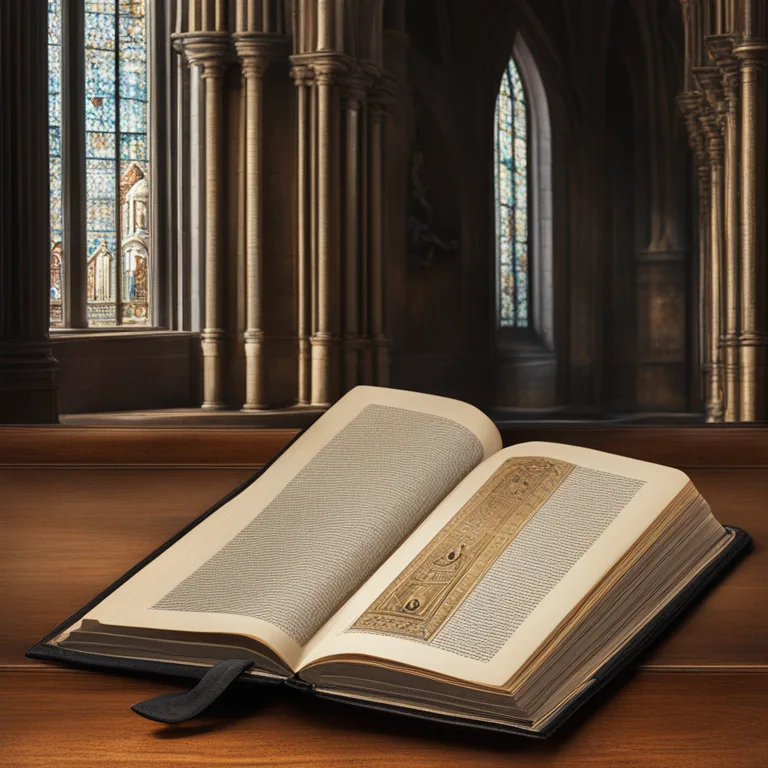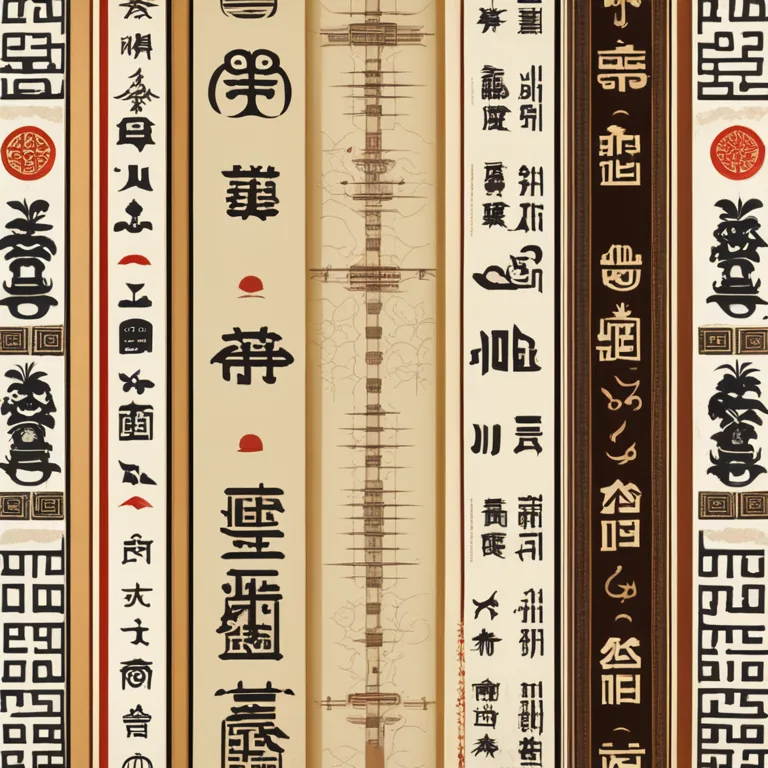
The Origins of Palmistry: A Historical Look
Delve into the fascinating history of palmistry to discover its ancient roots and the mysterious figures who shaped its development.
article by Nora Pennington
The Ancient Craft of Palmistry
Palmistry, also known as chiromancy or chirology, is an ancient practice that involves the study of palms to interpret personality traits and predict future events. The origins of palmistry are shrouded in mystery, with various civilizations claiming to have introduced this art. Many believe palmistry began in India, with Hindu sage Valmiki authoring a book entitled "The Teachings of Valmiki Maharshi on Male Palmistry" several thousand years ago. From India, it is thought the art spread to China, Egypt, and Greece, becoming an integrated aspect of various cultures and philosophies.

The Spread through Cultures
As palmistry traveled across continents, it evolved uniquely within different cultures. In China, palmistry was integrated with other philosophical systems like Confucianism and Taoism, emphasizing the importance of the elemental forces and yin and yang. The ancient Greeks, with figures like Anaxagoras, also explored palmistry, considering it part of their intellectual and spiritual inquiry. Aristotle's works are said to have contained references to palmistry, which he may have passed on to Alexander the Great, who used it to examine the character of his officers.

Revival and Renaissance Impact
The dark ages saw a decline in the practice of palmistry throughout Europe, with the Catholic Church condemning it as pagan superstition. However, it resurged during the Renaissance as part of the revival in classical learning. During this period, intellectuals and artists became interested once again in the knowledge of antiquity, including the wisdom of palm reading. This renewed interest paved the way for palmistry to grow and develop, blending with new ideas and emerging psychological insights.

Modern Palmistry and Its Evolution
The 19th and 20th centuries saw palmistry gain mainstream popularity through key figures such as Captain Casimir Stanislas D'Arpentigny and Comte de Saint-Germain. D'Arpentigny is known for classifying hand shapes into seven types, while Saint-Germain was influential in presenting the practice as a comprehensive system of knowledge. Palmistry continues to evolve today, with practitioners incorporating elements of psychology and holistic health into traditional techniques to cater to the contemporary audience's sensibilities.

The Debate Around Palmistry's Effectiveness
Despite its historical richness, palmistry has remained a controversial subject. Skeptics argue there is no scientific basis for its claims, while proponents suggest that like many forms of divination and insight, palmistry offers unique reflections of personality and potential futures. With the advent of digital technology, palmistry has also found a new platform, adapting to the modern age as palm readings can now be conducted virtually through photographs and online sessions.
Conclusion: The Legacy of Palmistry
Palmistry's history is as rich and varied as the lines on a human hand, woven intricately through the tapestry of mankind's quest for understanding. As a testament to its resilience and versatility, it gripped the imagination of ancients, renaissance scholars, and now appeals to modern seekers of mysticism. As science and spirituality continue to intersect, palmistry may yet reveal new dimensions, ensuring its practice endures and adapts to changing times.
Published: 1/3/2024
Modified: 1/3/2024
More predictions
Come back here soon to learn more about yourself and your future


The Origins of Palmistry: An Ancient Practice
Delve into the fascinating beginnings of palmistry—the ancient art of hand reading for insights into character and destiny.


Palmistry Insights on Love: Counting Your Relationships
Discover what palmistry reveals about your romantic journey. This article shares insights on interpreting your palm lines for potential relationships.


Palmistry's Insight into Your Health
Discover the connections between the lines on your palm and your well-being in this comprehensive look at palmistry’s role in health forecasting.